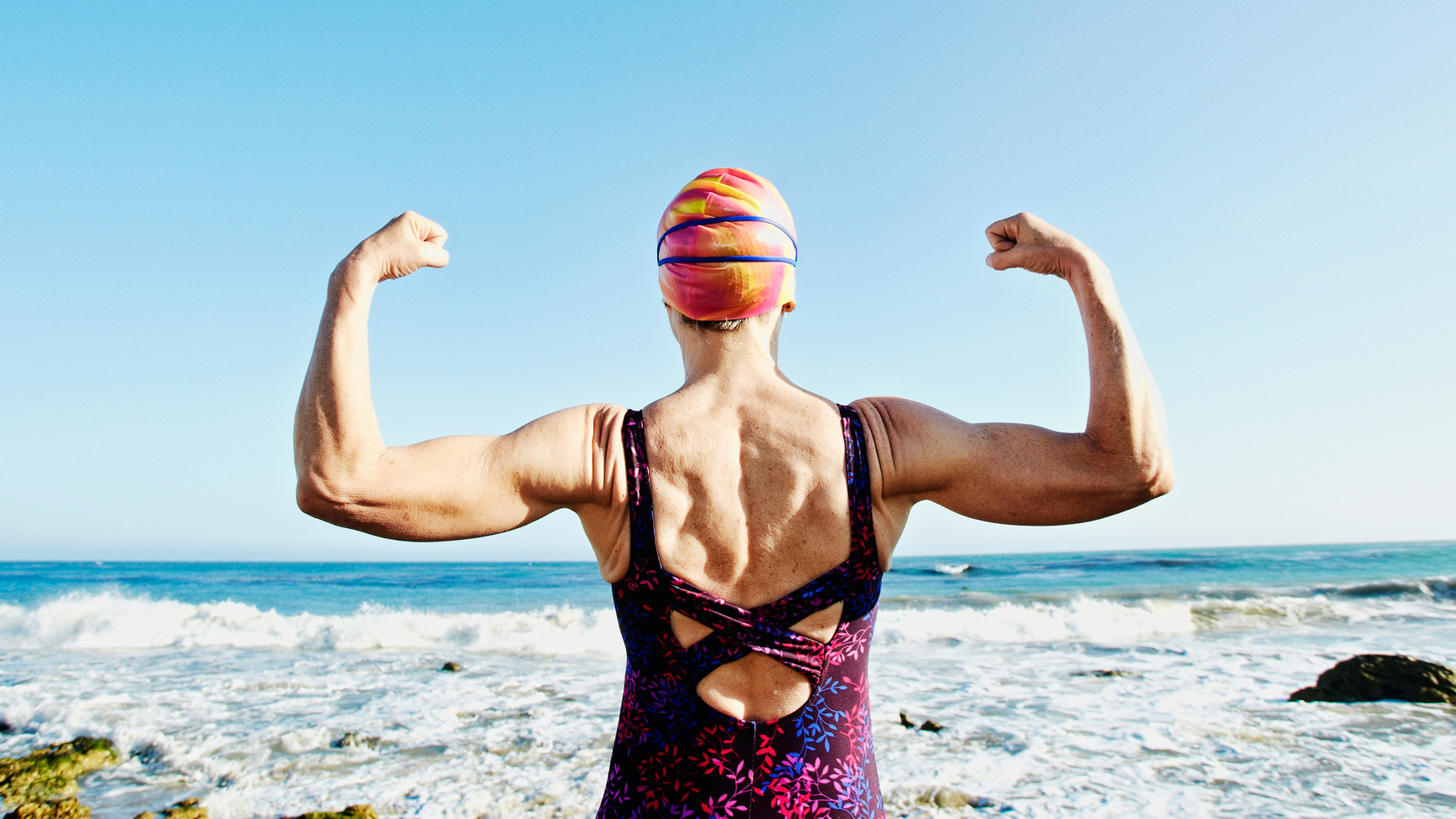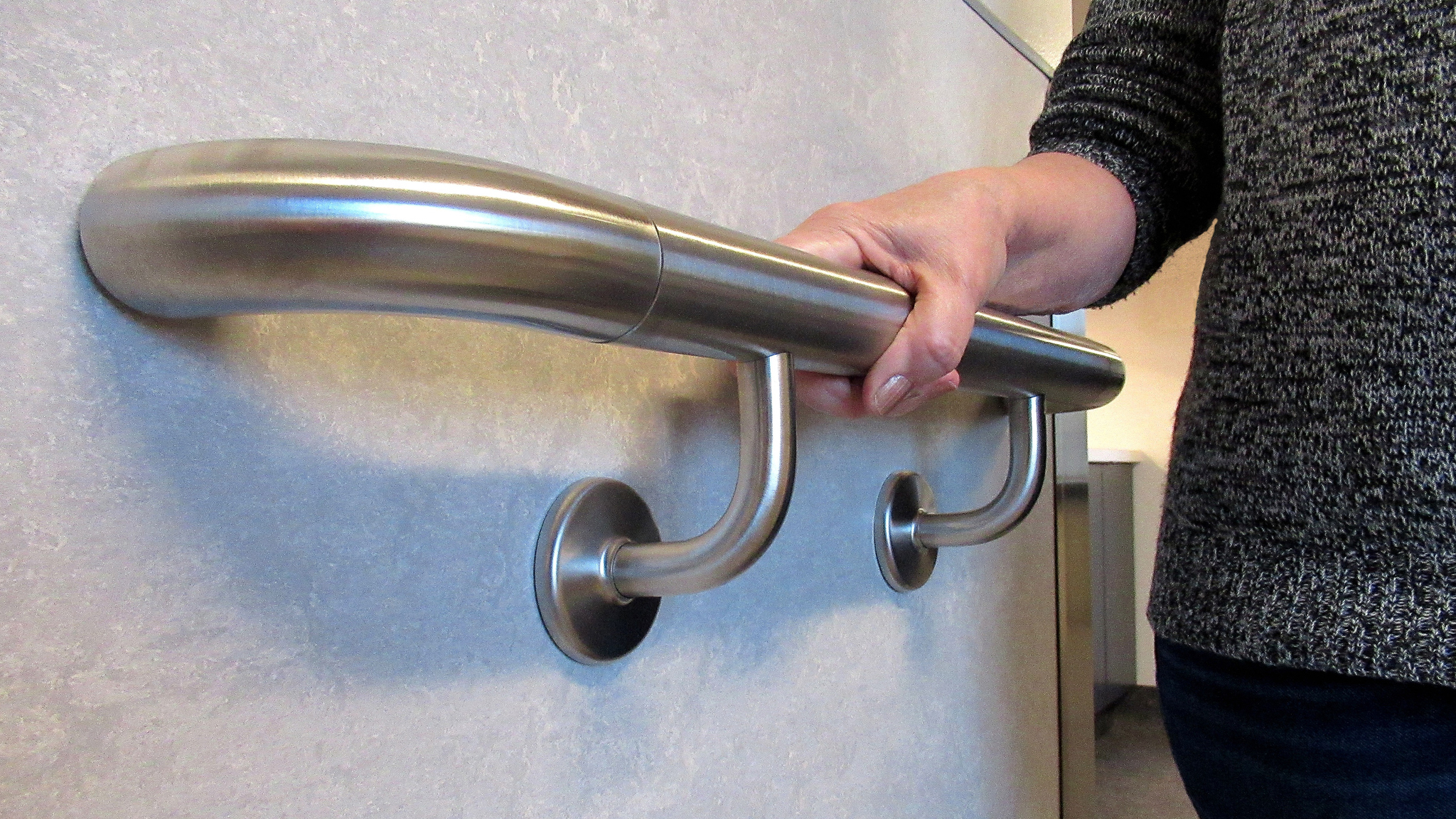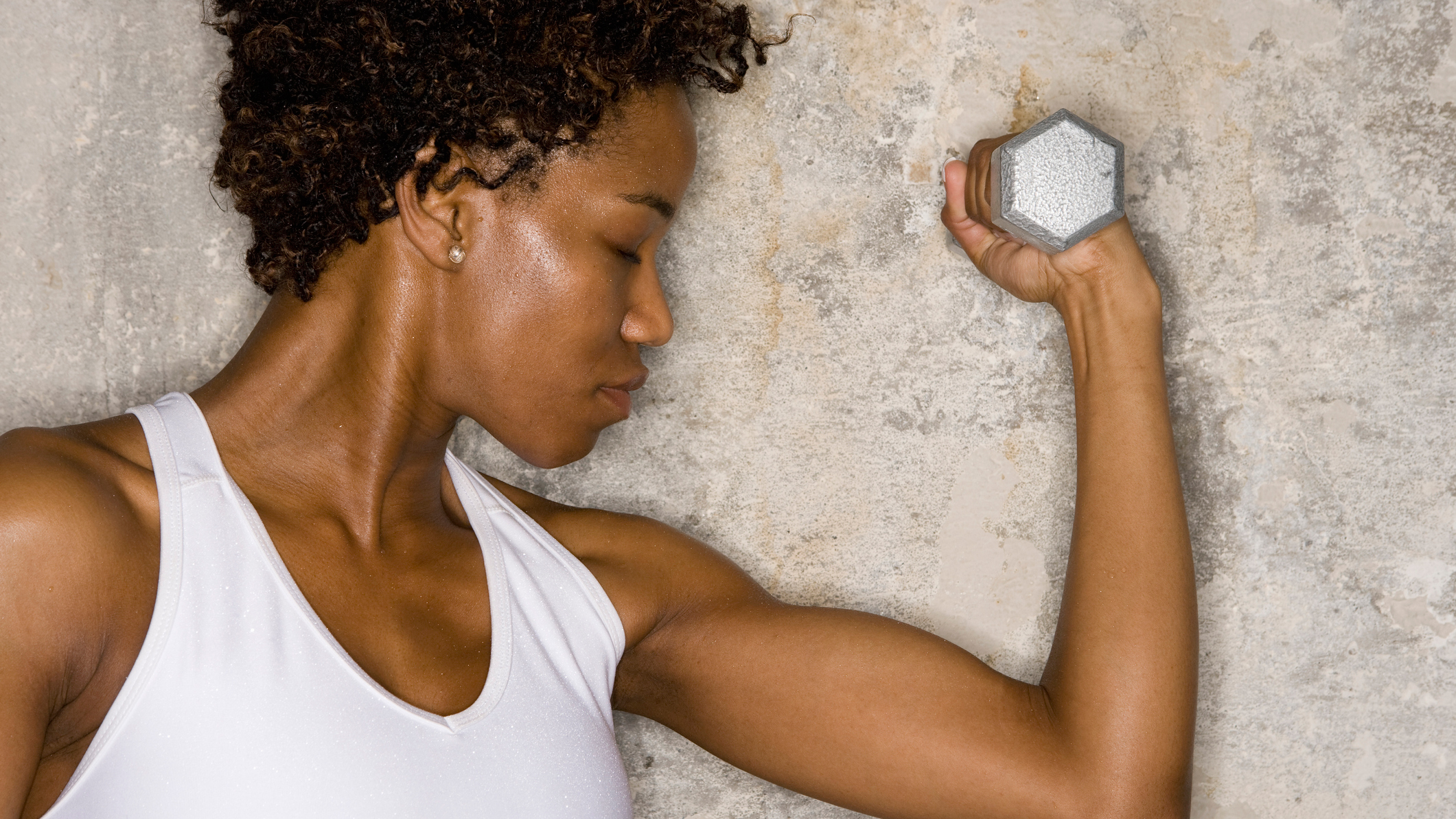Why you need to work out your arms to live longer, according to science
One study has found grip strength means a longer life. Here's why you should hit the weights and work out your arms


When you think of good heart health, most of us think of doing cardiovascular exercise, like running outdoors or on one of our best treadmill entries. However, beyond the endurance runs and HIIT workouts tailor-made for cardiovascular health, working out certain muscle groups is also thought to protect your heart and increase your life expectancy.
The British Medical Journal has found your grip strength is correlated with a range of health outcomes and even improved life expectancy. The researchers looked at participants' grip strength and how this correlated with cardiovascular disease, respiratory disease, chronic obstructive pulmonary disease, and all forms of cancer.
The researchers found "muscle weakness (defined as grip strength <26 kg for men and <16 kg for women) was associated with a higher hazard for all health outcomes, except colon cancer in women and prostate cancer and lung cancer in both men and women."

It's well-known as we get older, our muscles get weaker in a process known as "atrophy". Doing resistance training, using tools such as the best adjustable dumbbells or best resistance bands, helps us "resist" this change, ensuring our muscles stay healthy and strong well into old age. Grip strength is especially important in this regard, as it can prevent nasty falls in later life.
However, it's more than that: your muscles can also help you survive and stay healthy should you suffer from a life-threatening condition, like cancer or diabetes. The BMJ researchers write: "Skeletal muscle is the primary protein store within the body and in chronic conditions, such as cancer, it can provide precursors that are crucial for survival as such conditions progress. In addition to this, skeletal muscle is the primary outlet for glucose disposal in the body, and is therefore important in metabolic conditions such as diabetes.
"With these broad physiological and functional roles, skeletal muscle has a critical, but often underrated, role in health."

To work grip strength, it's important to hold onto heavy objects. A great way to get started is to learn how to do a deadlift with dumbbells, as you can do this exercise at home and it works your grip, forearms, lower back, glutes and legs. Another excellent exercise is to learn how to do pull-ups, because you have to hang onto a bar which is supporting your whole weight. Looking for a total arm-exercise plan? Try our guide to the best bicep workouts or our dumbbell arms workout.
Get the Fit&Well Newsletter
Start your week with achievable workout ideas, health tips and wellbeing advice in your inbox.
One final word to the wise: pulling, rather than pushing motions, will provide you with the firm grip you want to stay healthy – as well as a very firm handshake. However, if you only do pulling motions, which tend to work out your biceps and back, try not to develop a muscular imbalance. Practicing push-ups, tricep dips or the bench press will work the opposite set of muscles, ensuring you use all the different groups in your upper body.
Matt Evans is an experienced health and fitness journalist and is currently Fitness and Wellbeing Editor at TechRadar, covering all things exercise and nutrition on Fit&Well's tech-focused sister site. Matt originally discovered exercise through martial arts: he holds a black belt in Karate and remains a keen runner, gym-goer, and infrequent yogi. His top fitness tip? Stretch.
-
 This is the exact running plan I followed for two months to finally get my 5K run time under 30 minutes
This is the exact running plan I followed for two months to finally get my 5K run time under 30 minutesAnd it helped me fall in love with running again
By Ruth Gaukrodger Published
-
 I increased my step count back to 10,000 a day after time off—here’s how I did it sustainably
I increased my step count back to 10,000 a day after time off—here’s how I did it sustainablyIt took me five weeks to get back to the ideal range
By Lou Mudge Published